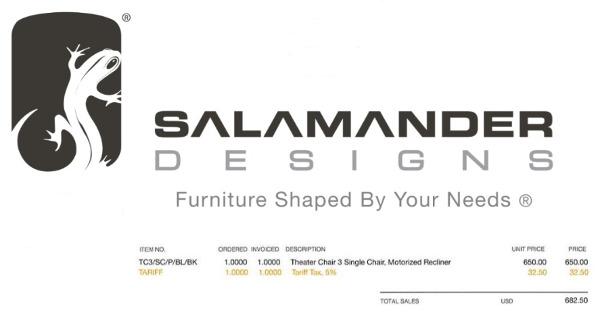> Chandler added that tariffs have a particularly negative impact on the ability of startups and small companies to invest in the development of new products.
Seems to me the opposite - increase on import prices will stimulate increase in local production, stimulating increase in local development, stimulating increase in local research. Americans, like many others, have become addicted to foreign made and outsourced.































































